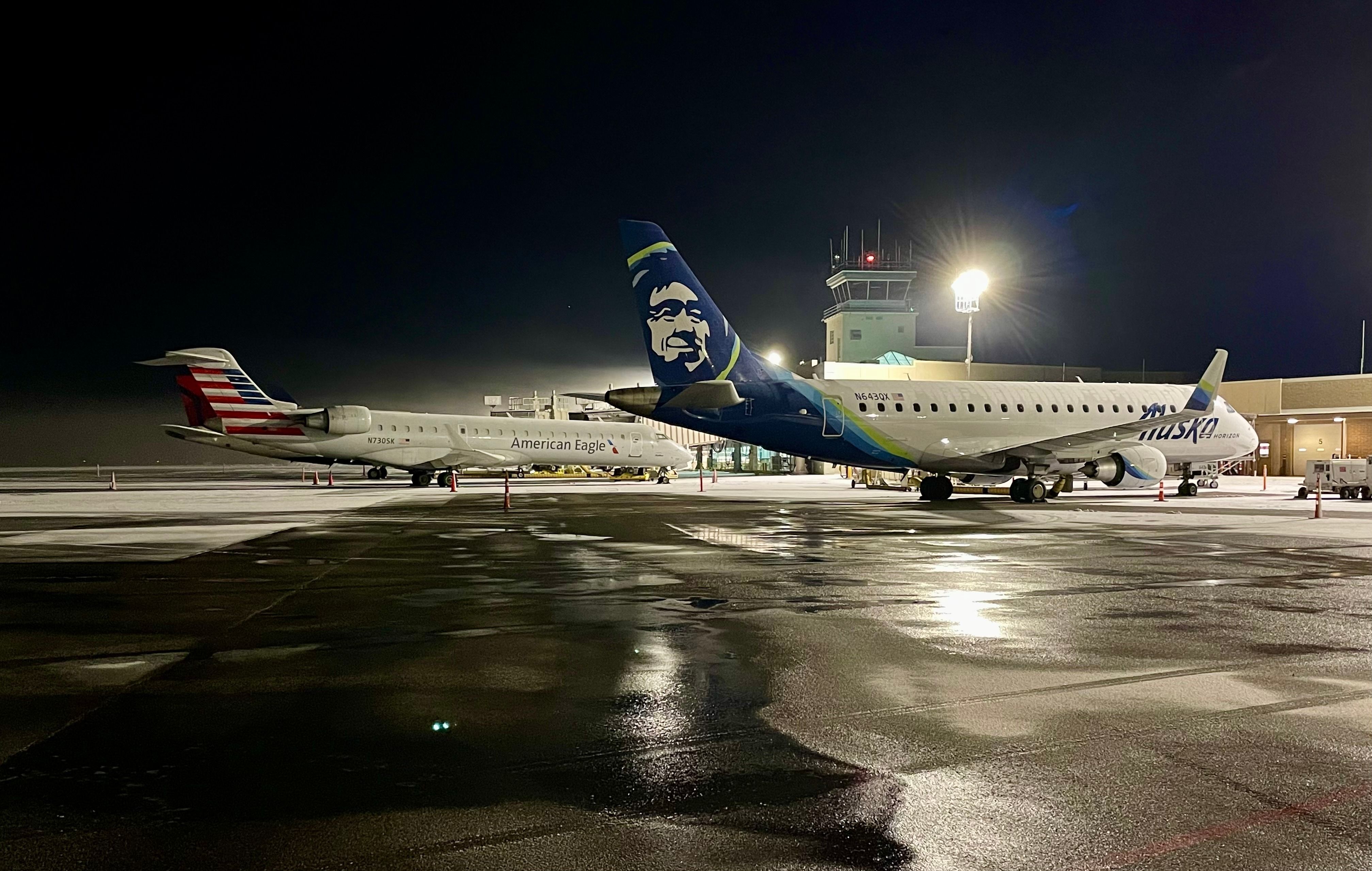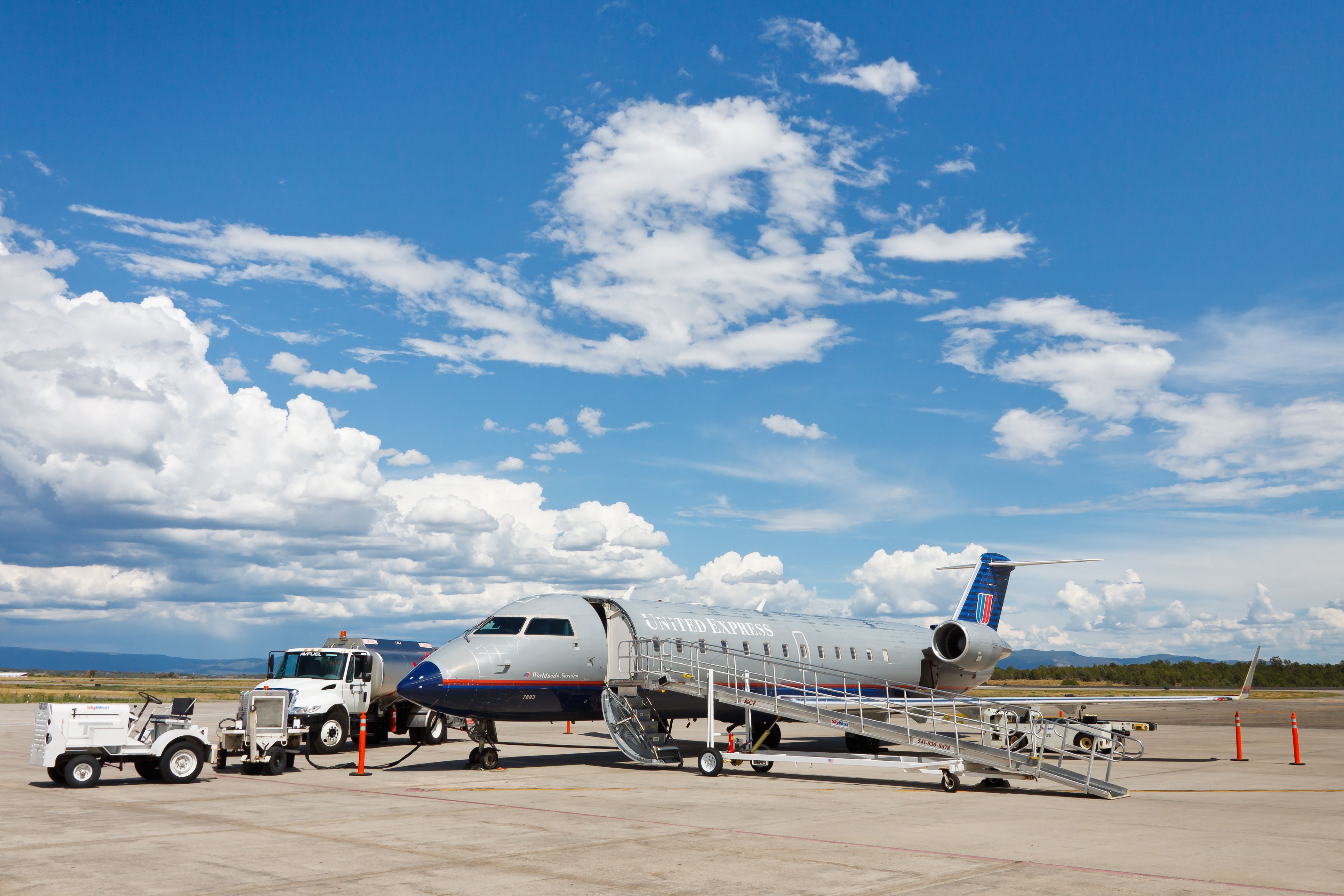Summary
- Airline pilots may operate without ATC contact during odd hours when control towers at mid-size and regional airports are closed.
- Closed ATC facilities mean pilots must announce movements on a common advisory frequency and obtain clearances from controlling terminals.
General aviation pilots are accustomed to operating without air traffic controllers. Whether maneuvering in a practice area using “see and avoid” techniques or flying traffic patterns at an untowered airport, not having ATC is something every pilot is accustomed to. In contrast to general aviation, airline operations are almost exclusively performed under the supervision of ATC. Key word: almost. Let’s discuss some of the few times when airline pilots operate without ATC.
Late nights, early mornings
Odd hours are one of the primary reasons airline pilots find themselves operating without direct ATC contact. While the largest airports offer ATC services 24/7, most mid-size and regional airports do not have control towers that operate overnight. The majority of airports with ATC services terminate control around midnight and reopen between 5-and 6 a.m. Scheduled flights that operate around these hours (or flights that have been delayed) will still arrive and depart without ATC support as long as no airport curfew exits.
A closed ATC facility at an airport means more than just the tower controllers being unavailable. Ground controllers are also gone, requiring pilots to announce their movements (taxiing, taking off, and landing) on a common advisory frequency. Getting a clearance also requires a radio or phone call to the terminal or center controller, which can be difficult at times if the frequencies aren’t listed in an easy-to-find publication.
Small airports
The second reason for airline pilots to operate without ATC is if the airport is small enough not to have a control tower. This is the case in places like Telluride or Durango, Colorado. This causes unique operating restrictions, especially during the much busier winter ski season because airlines and some charter operations are required to operate under instrument flight plans.
Airports without control towers rely on a center controller to issue release times to each plane that is waiting to depart. Only one plane can be released for instrument flight in the airspace at a time, meaning that planes waiting to take off need to wait for each other in addition to landing traffic.
Operating at non-ATC airports requires pilots to be a bit more courteous. After landing, it’s proper to call the controlling agency immediately so the controller can close out the flight plan. It's essential to do this right away because the controller cannot release any planes to depart nor clear any planes for an approach until the landing aircraft has canceled their flight plan. Pilots flying under visual flight rules aren’t considered in these rules, but instrument traffic still needs to be considerate of VFR operations and listen for them on the advisory frequency.
Want answers to more key questions in aviation? Check out the rest of our guides here.
Airline pilots are in constant contact with ATC on most flights. This is particularly true for pilots who fly larger aircraft since they wouldn’t usually fly into smaller regional airports. Regional pilots, on the other hand, experience non-towered operations somewhat regularly. Odd though it may appear at the airline level, flying without ATC clearances is something most pilots learned at the genesis of their flying career.
What are your thoughts on this topic? Let us know in the comment section.



